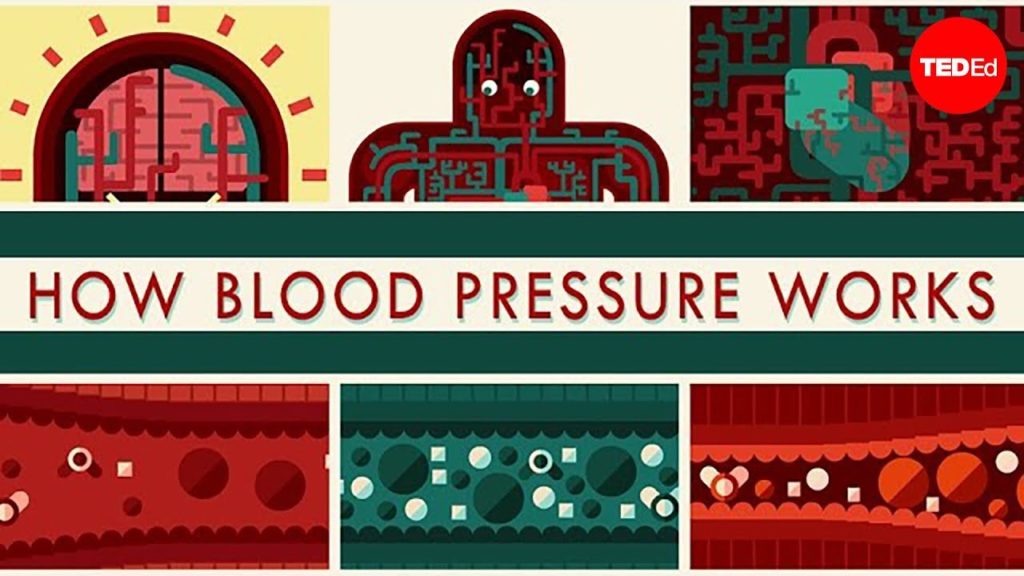How blood pressure works

It is known that is one was to lineup all the blood vessels in a human body they would cover the distance of 95,000 kilometers. They carry 7,500 liters of blood every day. This blood is usually the same four to five liters that gets recycled in the body for various purposes. This activity of carrying blood provides the much-needed oxygen and nutrients (glucose and amino acids) to the tissues of the body. The movement of this blood through the body via the blood vessels puts some pressure on the muscular walls of the vessels. The force is known as – Blood Pressure.
BLOOD PRESSURE – the pressured which is dictated by the rise and fall of the heartbeat’s phases. The highest blood pressure is found during – systole. Systole the process when the heart forces the blood through the arteries, it is known as the systolic blood pressure. The heart when at rest between the heart beats the blood pressure falls to the lowest known as – the diastolic pressure.
HEALTHY BLOOD PRESSURE:
SYSTOLIC – 90 to 120 millimeters of mercury (mm Hg).
DIASTOLIC – 60 to 80 millimeters of mercury (mm Hg).
TOGETHER 120/80 MM HG IS A NORMAL HEALTHY RATING.
CIRCULATORY SYSTEM – the blood travels through the whole body via the blood vessels through a system called the – Circulatory System. This system contains many pipes and the pressure of the blood gets dictate by these as well. The type of fluid – extra or less, narrowness of the pipes are a few factors that affect the blood pressure. Higher pressure will be needed to circulate the blood if the consistency of the blood is thicker, hence the heart will pump harder. Similar consequences will happen if the diet is high in salt as the salt increased the water retention resulting is making the blood thicker.
HYPERTENSION: when the blood pressure is 140/90 and stays at that level regularly, then it can cause a serious issue of hypertension. The strain on the wall of the arteries can cause it to tear and this inflammation causes the red blood cells to cluster around the tear. Along with the red blood cells also what gets carried are fats and cholesterol and latch on. This thickens the inner walls of the artery resulting in a condition known as – Atherosclerosis. This can be very dangerous and can clog the pipe. Resulting in causing a heart attack. In case the clog is in the arteries that are connected to the brain, it can cause a stroke.
ANGIOPLASTY – the surgical procedures which helps widen these arteries for them to function properly.
FUN FACT – a heart beats for about 70 times in a minute and 2.5 billion times for an average lifetime. In order to carry out this much amount of pressure the arteries need to be healthy and perform well.






Responses